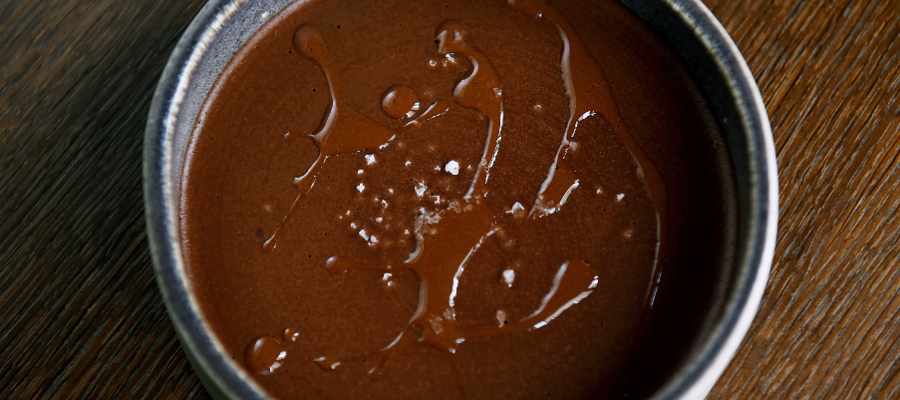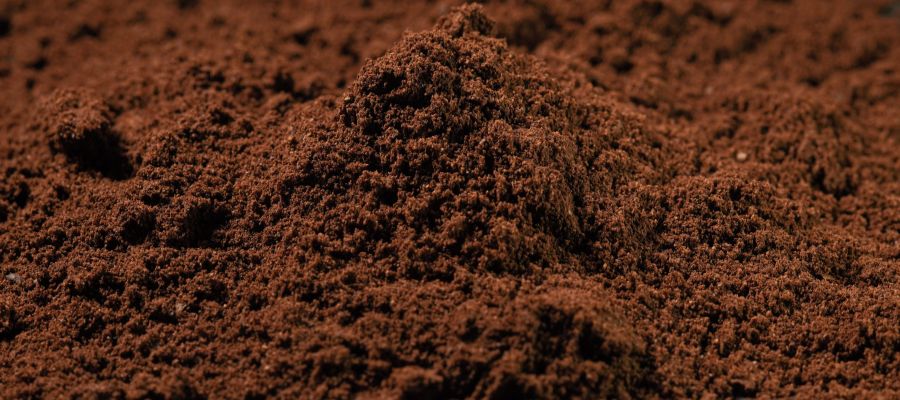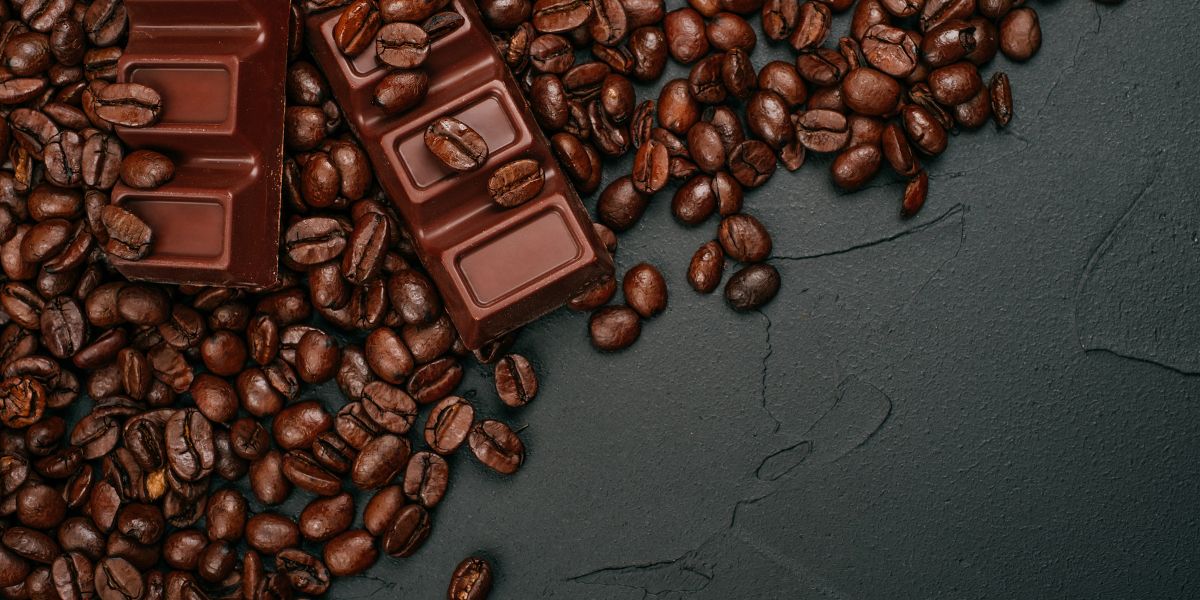Is There A Caffeine In Chocolate: Unveiling the Truth
How Much Caffeine in Chocolate?
Is There A Caffeine In Chocolate? When it comes to determining the caffeine content in chocolate, it is important to understand that chocolate does indeed contain caffeine, a natural stimulant.
The amount of caffeine can vary depending on factors such as the type of chocolate, serving size, and processing methods. Dark chocolate, which has a higher percentage of cocoa solids, generally contains more caffeine compared to milk chocolate.

On average, a 1-ounce serving of dark chocolate can have approximately 12 to 30 milligrams of caffeine, while the same amount of milk chocolate typically contains around 5 to 10 milligrams.
It is worth noting that these values are approximate and can vary among different brands and products. Additionally, the caffeine content in chocolate can be influenced by the roasting process and the inclusion of other ingredients.
Chocolate that undergoes a longer roasting time may have slightly lower caffeine levels. Furthermore, the addition of flavorings or fillings can impact the overall caffeine content of the chocolate product. Understanding the caffeine content in chocolate is essential for those who are sensitive to caffeine or want to monitor their intake for health or dietary reasons.
Caffeine Amount By Country
The caffeine content in chocolate can also vary by country due to differences in regulations and food labeling standards. In the United States, chocolate manufacturers are not required by the Food and Drug Administration (FDA) to disclose the exact amount of caffeine in their products.
However, they must list caffeine as an ingredient if it has been added separately. On the other hand, European countries have specific guidelines for labeling caffeine in chocolate.
For instance, the European Union mandates that chocolate products with more than 0.01% caffeine be labeled as having a “high caffeine content.” These regulations aim to provide consumers with information to make informed choices based on their preferences and dietary needs.
Considering the overall caffeine content, it is important to note that chocolate is generally a low source of caffeine compared to beverages like coffee or energy drinks. Moderate consumption of chocolate is unlikely to cause significant caffeine-related effects for most individuals.

However, those who are particularly sensitive to caffeine or have advised limiting their caffeine intake should exercise caution and may want to consult with a healthcare professional.
Research on the effects of caffeine and its role in nutrition and health continues to provide valuable insights into the consumption of caffeine-containing foods and beverages, including chocolate.
Please note that the information provided here is for informational purposes only and should not replace professional medical advice or guidance. It is always recommended to consult with a qualified healthcare professional for personalized recommendations regarding nutrition and caffeine intake. Keywords: food, beverages, chocolate, caffeine, nutrition, stimulant, energy, health, ingredients, research.
Read This Article Also : How Long Until A Tooth Infection Kills You? Exploring The Timeline And Consequences
Chocolate Caffeine Amount vs. Other Products
When comparing the caffeine content of chocolate to other popular products such as food and beverages, it is evident that chocolate generally contains lower levels of caffeine.
Despite the common misconception that chocolate is rich in caffeine, the reality is quite different. On average, a standard 1-ounce serving of dark chocolate contains approximately 20 milligrams of caffeine, while milk chocolate contains even less, usually around 6 milligrams. In contrast, an 8-ounce cup of brewed coffee, a well-known caffeinated beverage, typically contains about 95 milligrams of caffeine, and a cup of black tea contains around 47 milligrams.
It is worth noting that the caffeine content in chocolate can vary depending on factors such as the type of chocolate, its ingredients, and the brand. Certain specialty chocolates or those with added ingredients like coffee beans or cocoa nibs may have higher caffeine levels.
However, in general, chocolate is not a significant source of caffeine compared to other popular beverages. Therefore, if you are seeking a substantial caffeine boost, it is advisable to opt for beverages like coffee or tea instead of relying solely on chocolate. While chocolate can provide a small amount of caffeine, it is not as potent as other options available.
The Benefits and Science Behind Caffeine in Chocolate
While chocolate may not be a primary source of caffeine, it still contains this stimulating compound in smaller amounts.
Understanding the benefits and the scientific aspects of caffeine in chocolate can shed light on its impact on our health and overall well-being. Caffeine, a natural stimulant found in chocolate, affects the central nervous system, promoting increased alertness and reducing fatigue.
When consumed in moderation, caffeine can provide a temporary energy boost and enhance cognitive function. In chocolate, caffeine works in synergy with other compounds such as theobromine and phenylethylamine to create a unique sensory experience.
Theobromine, another stimulant present in chocolate, has a similar but milder effect compared to caffeine. It acts as a vasodilator, promoting blood flow and potentially improving mood. Phenylethylamine, on the other hand, is a compound that can stimulate the release of endorphins, also known as “feel-good” hormones.
The combined effects of caffeine, theobromine, and phenylethylamine in chocolate contribute to the pleasurable sensations often associated with consuming chocolate. It is important to note that the concentration of these compounds may vary depending on the type and quality of chocolate.
While the caffeine content in chocolate may not be as substantial as in other sources, its unique combination of compounds can still offer certain health benefits.
However, it is essential to consume chocolate in moderation and consider individual sensitivities or health conditions that may require caffeine restriction.
Ongoing research continues to explore the potential effects of caffeine in chocolate and its impact on various aspects of human health.
The Production and Structure of Chocolate
To fully comprehend the caffeine content in chocolate, it is crucial to delve into its production and structure.
Chocolate, a popular food item, is derived from the seeds of the cacao tree, which undergo a series of processes to transform them into the delectable treat we enjoy.
After harvesting, the cacao seeds are subjected to fermentation, drying, and roasting to develop their characteristic flavor. The roasted seeds, also known as cocoa beans, are then ground into a paste called chocolate liquor.

This liquor is further processed to separate the cocoa solids from the cocoa butter. The cocoa solids, which contain the caffeine and other stimulating compounds, are then combined with other ingredients such as sugar, milk, and additional flavorings to create different types of chocolate. The final product can vary in terms of cocoa percentage, sweetness, and overall taste.
In terms of structure, chocolate comprises various components, including cocoa solids, cocoa butter, sugar, and sometimes milk. The exact composition depends on the type of chocolate being produced. Dark chocolate typically has a higher percentage of cocoa solids, while milk chocolate contains added milk solids.
Understanding the production and structure of chocolate provides insights into its caffeine content and the unique qualities that make it a beloved treat worldwide.
The intricate processes involved in crafting chocolate contribute to its distinct flavor profile and texture, making it a delight for chocolate enthusiasts.
Ongoing research continues to explore various aspects of chocolate production and its impact on the overall nutritional composition of this beloved food item.

